Nestled on the southern coast of Sardinia, Cagliari grabbed my attention the moment I saw its golden buildings rising above the Mediterranean. This capital city mixes ancient history with a modern vibe, and somehow it feels both Italian and unmistakably Sardinian.
Wandering through Cagliari’s old districts, I noticed layers of civilization everywhere—Roman ruins, medieval towers, and elegant piazzas—all with sweeping views of turquoise sea.
The city buzzes with energy in ways I didn’t expect. Its food scene bursts with Sardinian flavors I never found elsewhere on the island.
Evenings in the Marina quarter felt magical, with locals crowding outdoor cafés and restaurants serving up fresh seafood and local Vermentino wine.
By day, Poetto Beach drew me in—a gorgeous urban stretch where folks from the city go to cool off in the Mediterranean.
Cagliari stands out because it’s the ideal base for exploring southern Sardinia. After soaking up the city’s museums and lively markets, I could easily drive out to archaeological sites, mountain villages, and pristine beaches all within reach.
The mix of urban excitement and wild natural beauty keeps me coming back.

Getting to Know Cagliari: History and Heritage
Cagliari’s history goes back thousands of years. You can see traces of Phoenicians, Romans, Pisans, and Spaniards all over the place.
The old walls and towers don’t just look impressive—they tell stories of battles and survival that shaped this city.
Origins and Significance of the City
Cagliari’s story starts around the 8th century BC, when Phoenician traders set up the settlement of Karaly. I found it fascinating that this strategic location quickly became a prize for Mediterranean empires.
The Romans came later and built an amphitheater that still stands. Walking through those ruins, I could almost picture the crowds cheering during gladiator fights.
I learned that Cagliari served as Sardinia’s capital under several rulers. The Byzantines, Pisans, Aragonese, and the House of Savoy all left their mark on the city’s buildings and culture.
Because of its natural harbor, Cagliari became a crucial Mediterranean trading post, connecting Africa, Europe, and the Middle East for centuries.
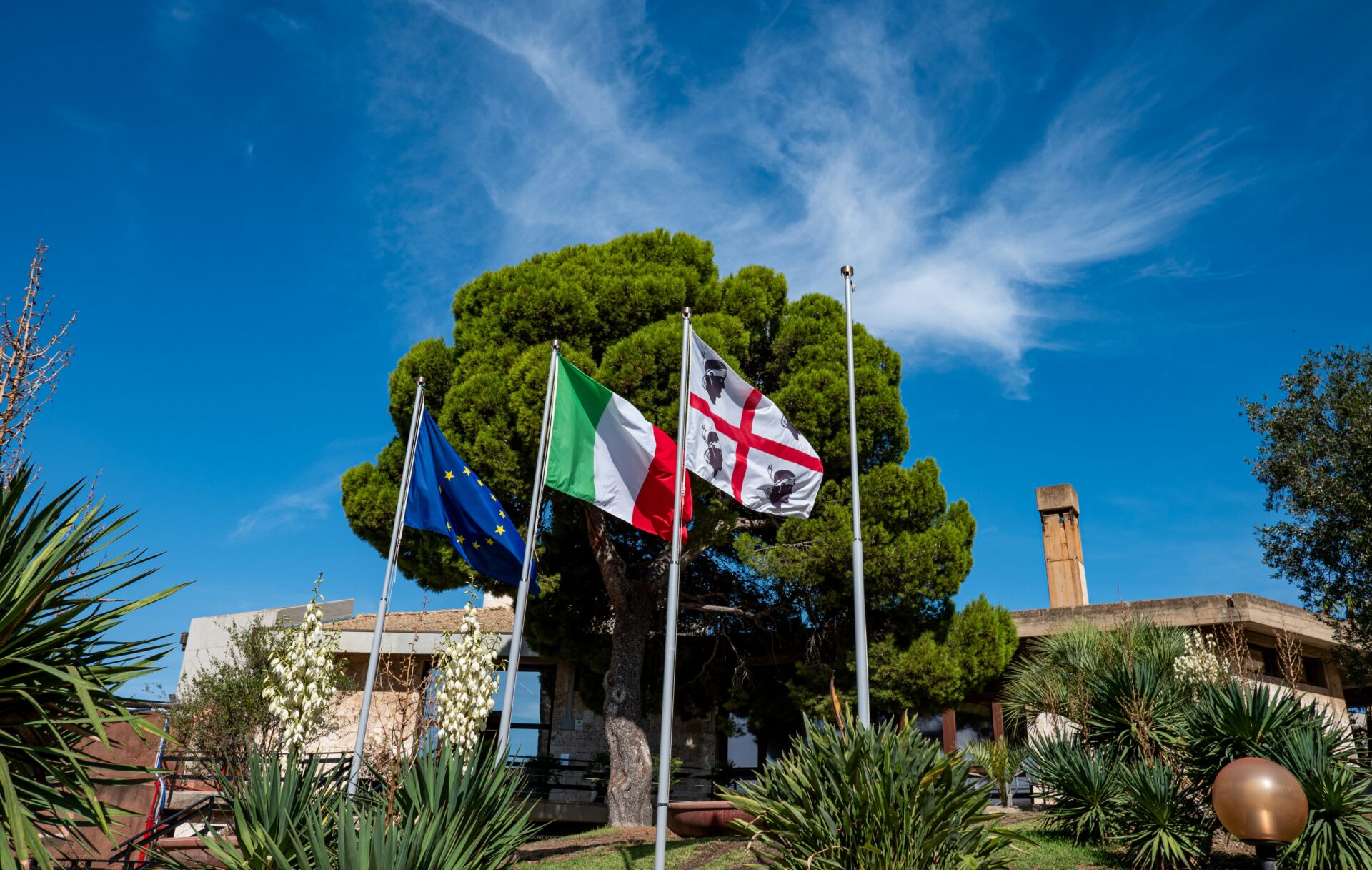
Castello District: The Medieval Heart
Castello district sits high on a limestone hill, looking out over the Gulf of Cagliari. Pisan rulers built this walled citadel in the 13th century, and it still feels like the city’s soul.
I wandered for hours along its narrow medieval streets, passing honey-colored limestone buildings. The Elephant Tower and San Pancrazio Tower once served as lookouts and defensive strongholds.
The Cathedral of Santa Maria rises proudly in Castello, mixing Pisan-Romanesque, Gothic, and Baroque styles. Its ornate façade stopped me in my tracks.
Inside Palazzo Viceregio, the old royal palace, I found lavishly decorated royal apartments that reminded me of Cagliari’s days as a seat of power.
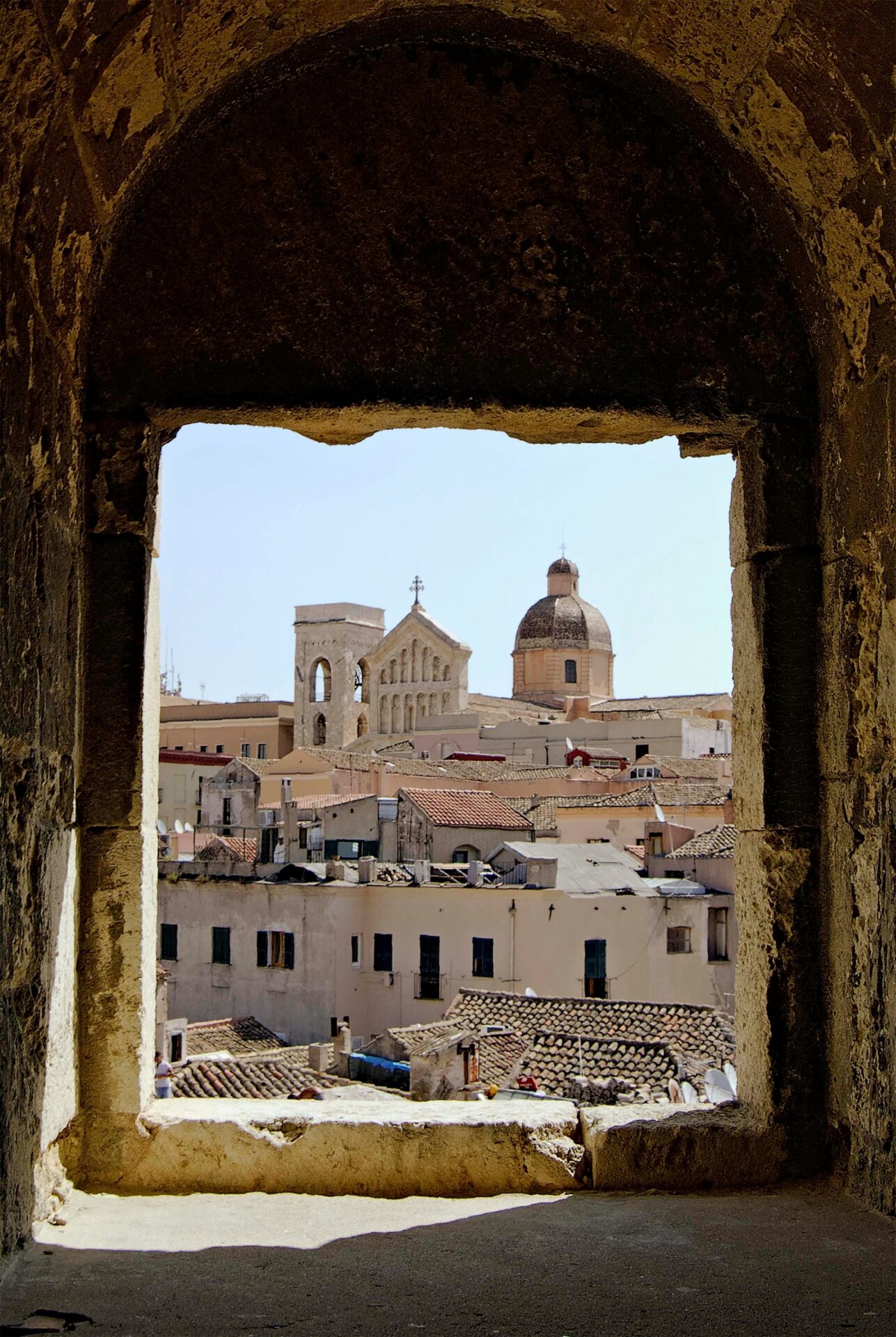
Nuragic Civilization and Su Nuraxi
Just outside Cagliari, I stumbled upon traces of the mysterious Nuragic civilization. These ancient Sardinians ruled from the Bronze Age to the early Iron Age (1800-500 BC) and built incredible stone structures called nuraghi.
The most famous one is Su Nuraxi in Barumini, about an hour’s drive from the city. Here, a massive central tower stands surrounded by smaller towers and stone huts.
I couldn’t help but marvel at the engineering. The central tower climbs nearly 20 meters high, built from huge basalt blocks without any mortar.
The Nuragic people never left written records, which makes these ruins even more intriguing. Archaeologists think they used the nuraghi as fortresses, meeting places, and maybe even religious sites.
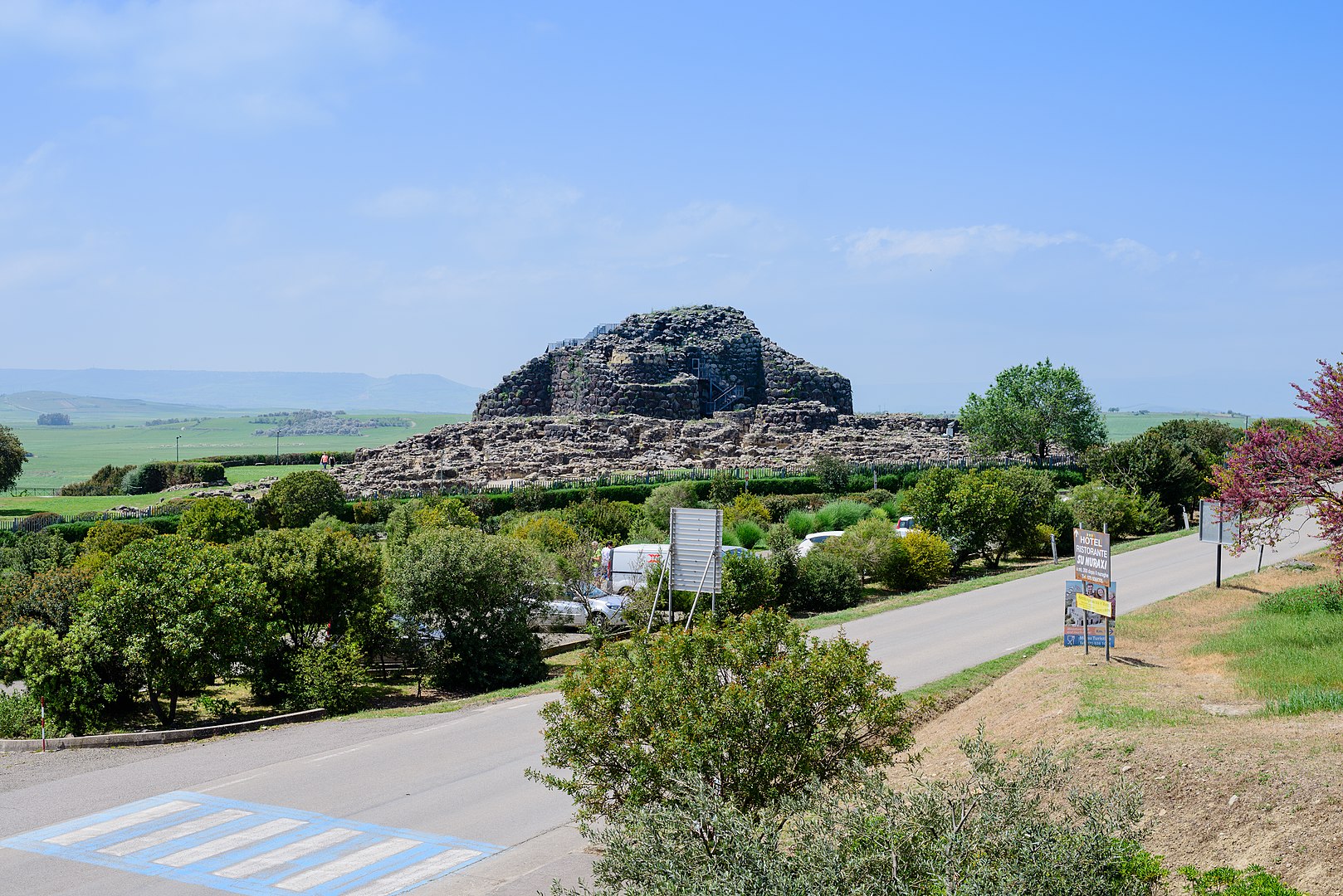
UNESCO World Heritage Sites in and Near Cagliari
UNESCO recognized Su Nuraxi at Barumini as a World Heritage Site in 1997, honoring its importance to the Nuragic civilization. When I visited, guides brought the site’s history and construction to life.
Nearby, the prehistoric site of Monte d’Accoddi caught my eye with its unique step pyramid altar from 4000-3000 BC. It really reminded me of Mesopotamian ziggurats.
Cagliari also has buildings on the tentative UNESCO list, like the Roman amphitheater carved into the hillside. Its state of preservation is just remarkable.
The ancient Phoenician-Punic necropolis of Tuvixeddu stands as one of the Mediterranean’s largest burial grounds. Walking among rock-carved tombs, I felt a deep connection to Cagliari’s earliest residents.
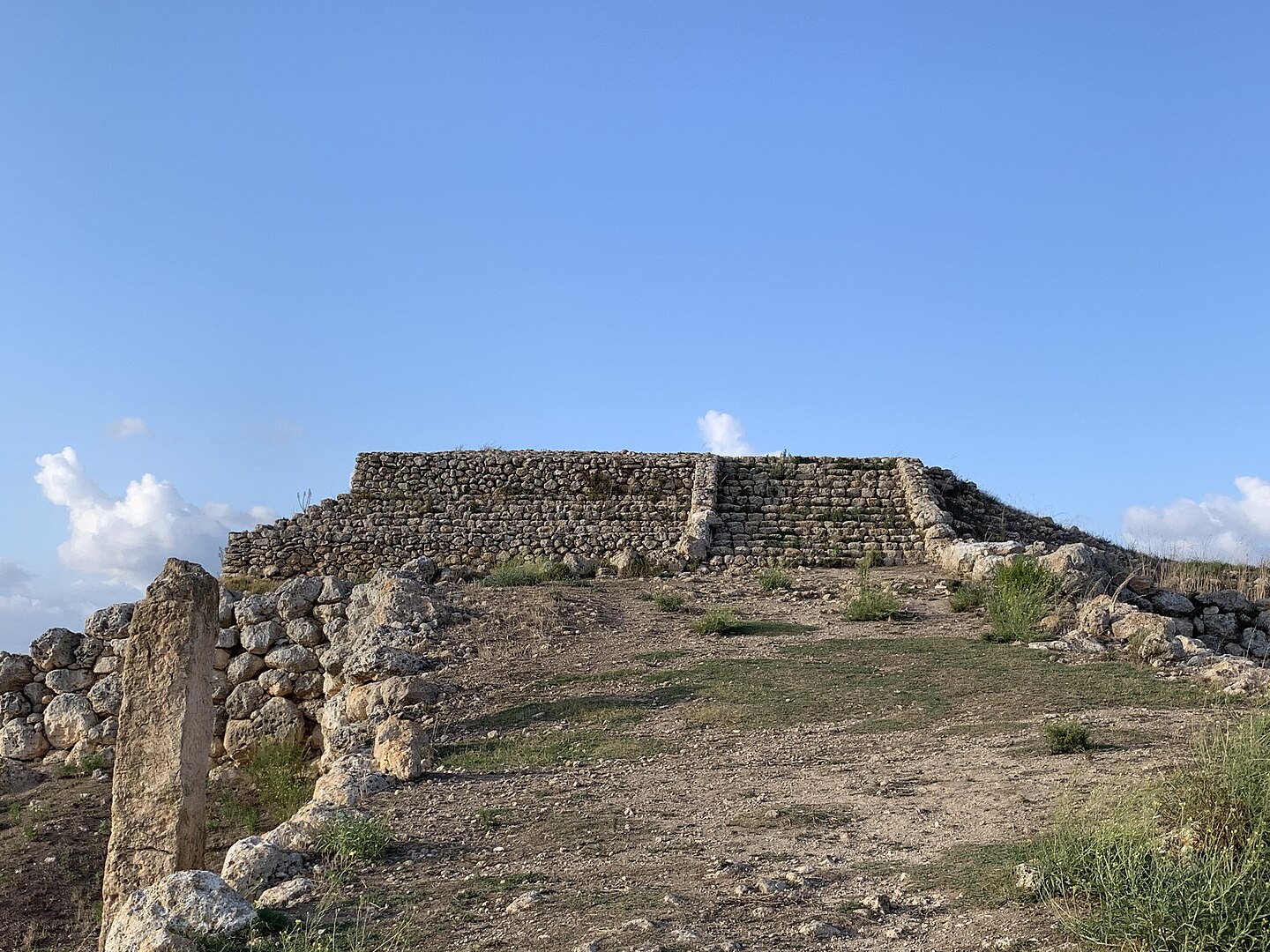
The Soul of the City: Neighborhood Guides
Cagliari’s true character shines through its neighborhoods. Each one has its own vibe and hidden treasures.
I found that walking these areas is the best way to slip into the city’s real rhythm.
Marina: Seafront Charisma and Nightlife
The Marina district drew me in with its lively seafront and energetic streets. This historic area stretches along the harbor, where narrow alleys suddenly open into beautiful piazzas and unexpected architecture.
During the day, locals shop in small stores and sip coffee at sidewalk cafés. The port’s proximity gives the neighborhood a cosmopolitan feel you won’t find elsewhere in Cagliari.
When the sun goes down, Marina becomes the city’s nightlife hotspot. People spill out onto the streets, enjoying aperitivo at stylish bars or savoring seafood at restaurants.
If you’re up for a nightcap, check out the rooftop bar at T Hotel. The panoramic view of the city is unbeatable, especially with a glass of Sardinian wine in hand.
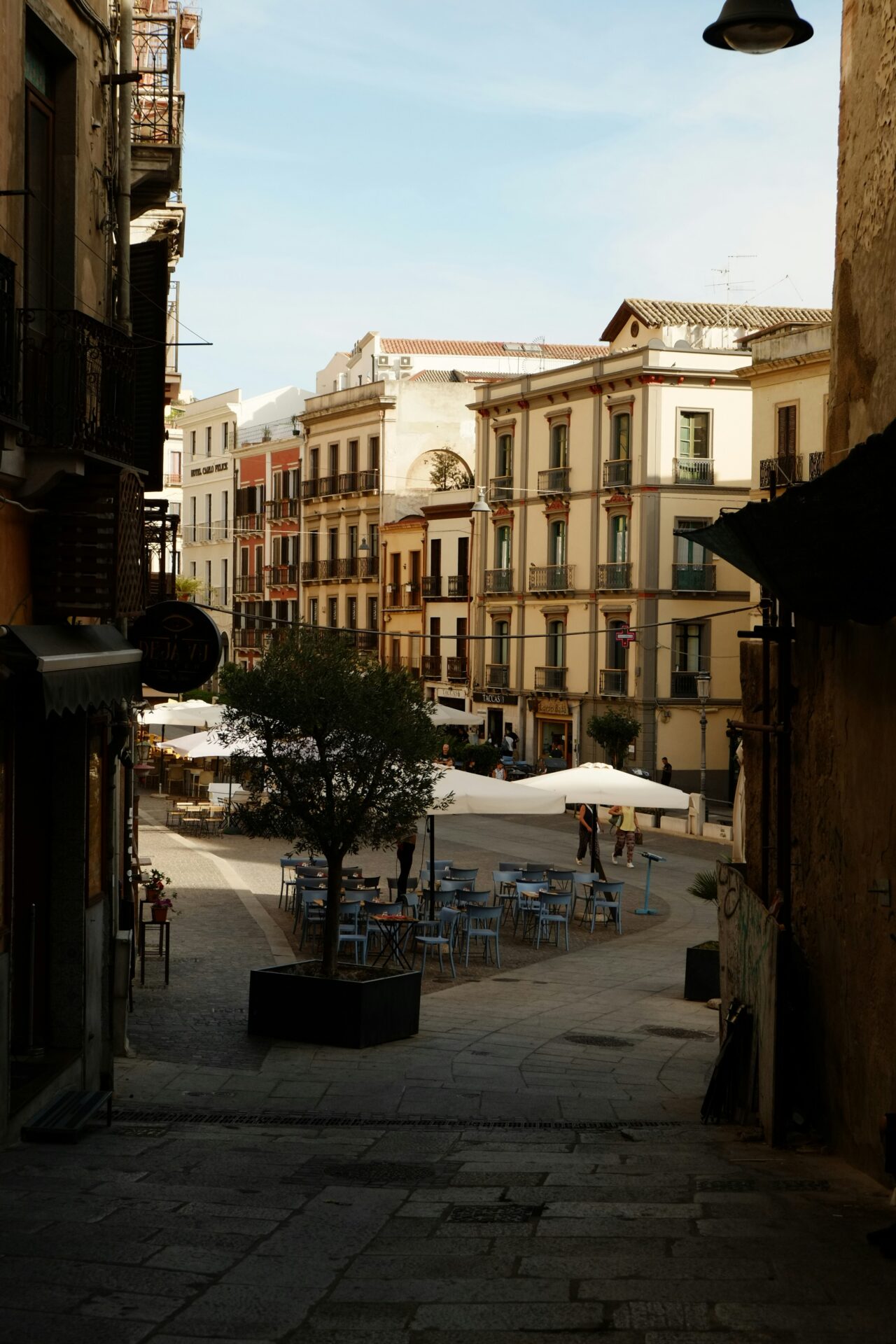
Villanova: Artisans, Cafés, and Local Life
Villanova feels like a slice of authentic Sardinian life. The district’s pastel houses and flower-filled balconies show off the island’s creative side.
I spent ages exploring the narrow lanes, ducking into artisan workshops. Locals craft everything from jewelry to ceramics, and the shopkeepers love sharing stories about their work.
Small piazzas anchor the neighborhood, where people gather at cafés. These spots are perfect for people-watching over a cappuccino or a glass of mirto, the local liqueur.
What I enjoy most about Villanova is its relaxed pace. Even during festivals, when the streets buzz with celebration, the sense of community feels genuine.

Hidden Gems: Piazza Yenne, Torre dell’Elefante, and Monte Urpinu
Piazza Yenne became my favorite launching point for discovering Cagliari’s lesser-known corners. This lively square sits at the edge of the old center, full of sidewalk cafés and bars where locals and visitors mingle.
Torre dell’Elefante, a limestone tower from the 14th century, stands nearby. I highly recommend climbing up for sweeping views of the old town and harbor. The medieval walls around it whisper stories of Cagliari’s past.
For a break from the city, I wandered up to Monte Urpinu park. Shady paths wind through the trees, and the panoramic viewpoints let you take in the whole city and its sparkling bay.
At the top, peacocks strut among the pines, adding a touch of magic just minutes from the city’s bustle. Bring some local cheese and bread for a picnic—you won’t regret it.
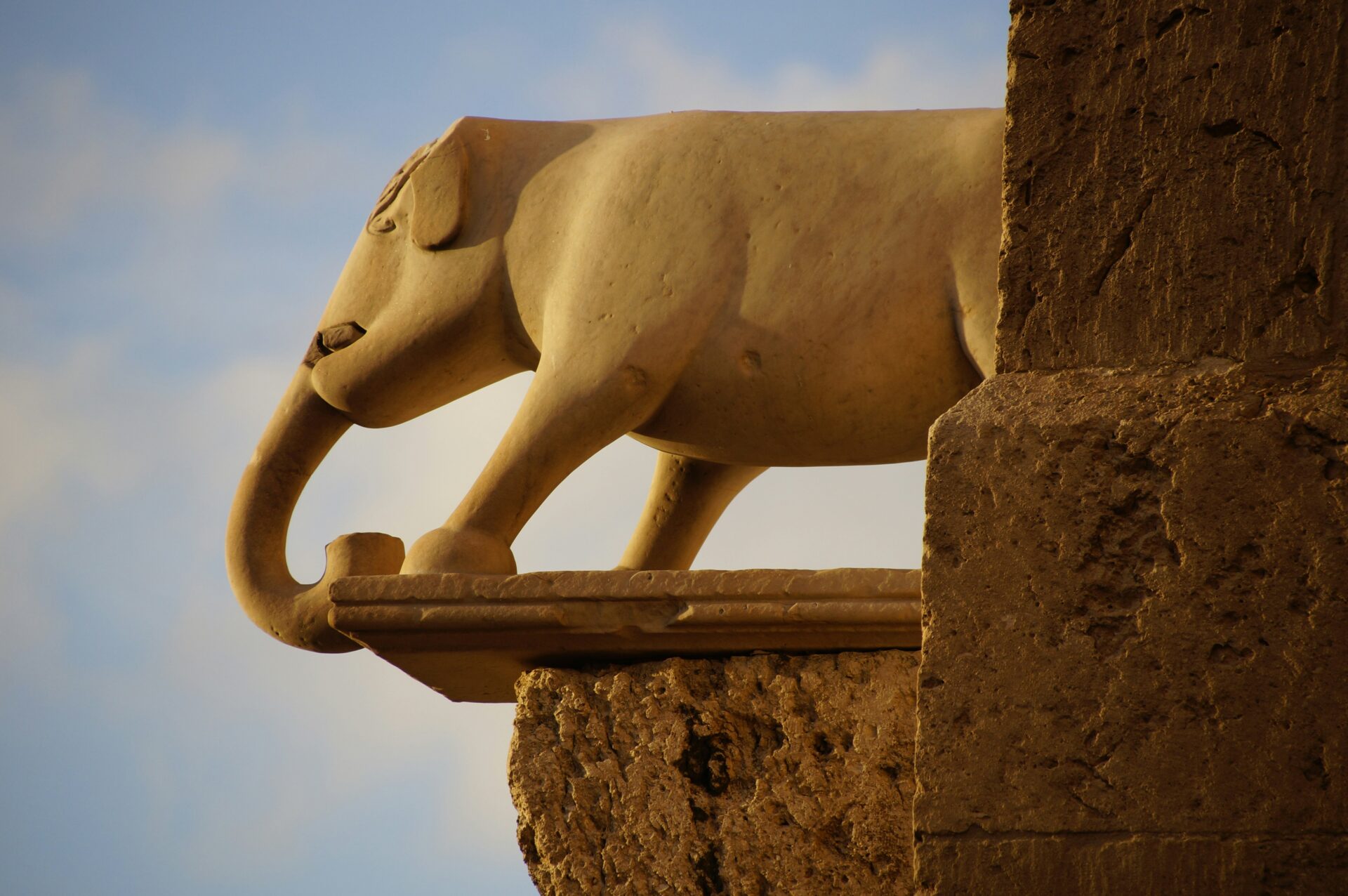
Coastal Wonders: Beaches, Nature, and Wildlife
Cagliari’s coastline blew me away with its natural beauty. Crystal-clear water meets golden sands, and the local wildlife adds a special touch for anyone chasing both relaxation and adventure.
Poetto Beach: Cagliari’s Urban Escape
Poetto Beach stretches nearly 8 kilometers along Cagliari’s edge, making it the city’s go-to spot for sun and sea. The soft, golden sand against the turquoise water creates a postcard-perfect scene.
A lively promenade runs along the beach, lined with cafés, restaurants, and the local “chioschi” kiosks. I loved grabbing a cold drink and a snack here after a swim.
If you’re into water sports, you’re in luck. You can rent paddleboards, kayaks, or windsurfing gear right on the sand. The breeze is gentle enough for beginners, so don’t be shy about trying something new.
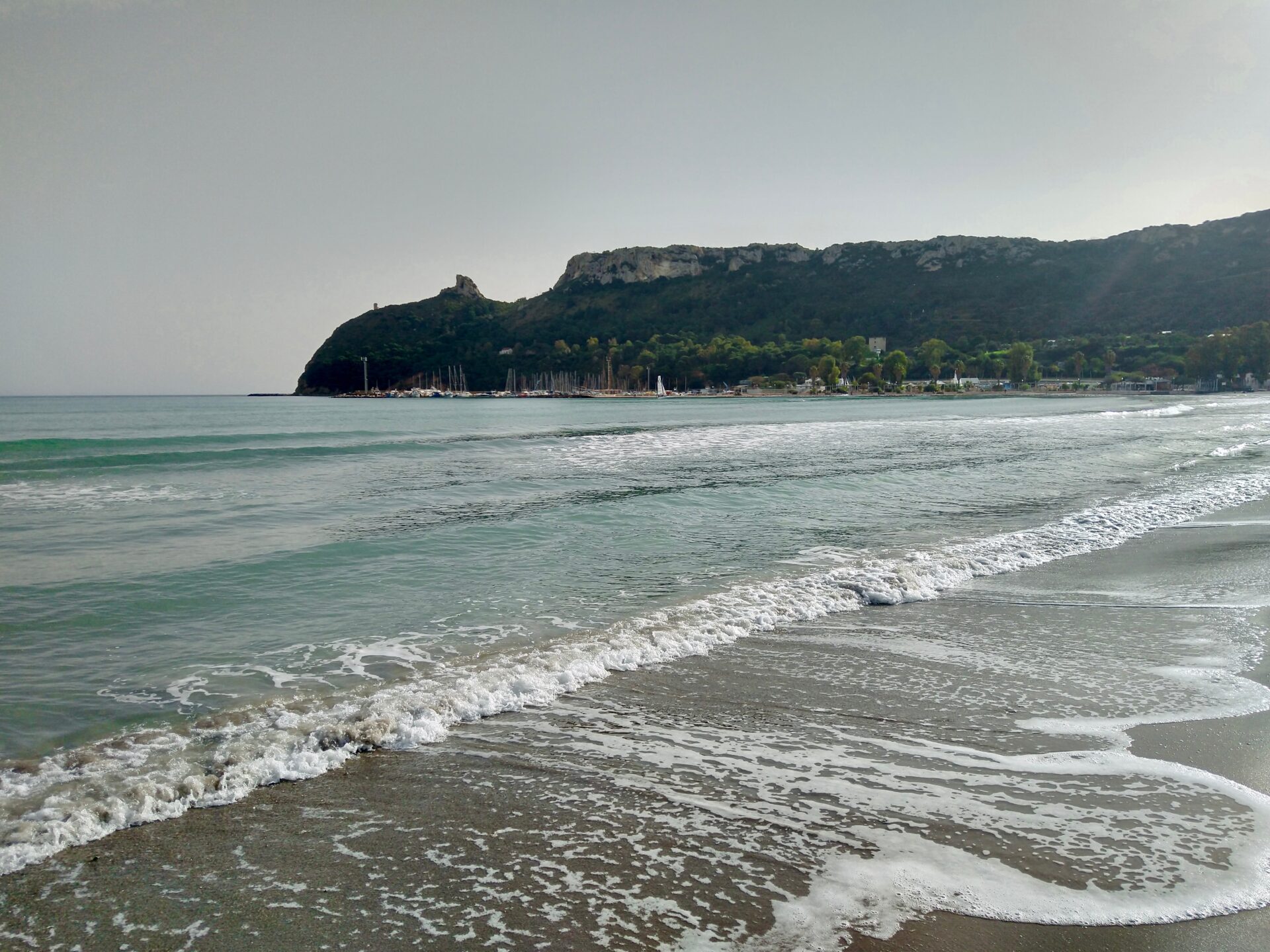
Poetto and Its Flamingos
Spotting pink flamingos near Poetto Beach was pure magic. These graceful birds flock to the Molentargius-Saline Regional Park, a wetland just behind the beach.
The salt ponds there create the perfect home for flamingos. Early mornings or late afternoons give you the best shot at seeing them feeding or flying in big groups against the sunset.
Bring binoculars if you can—they’re often visible from afar, but a closer look is worth it.
Best Flamingo Viewing Spots:
- Molentargius Park observation points
- Poetto’s southern end
- Viewpoints along the park’s cycling paths
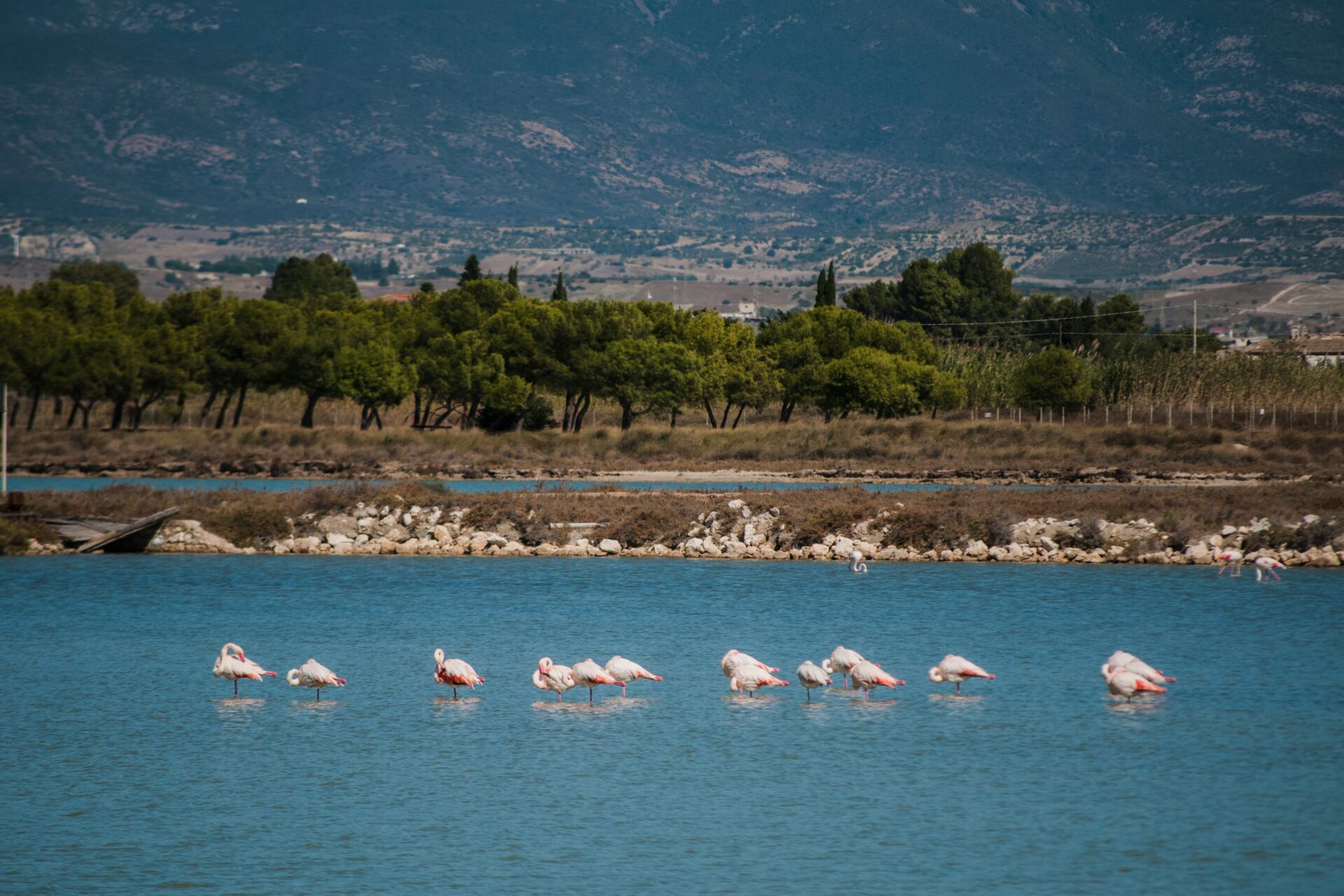
Day Trips: Chia, Villasimius, and the Sinis Peninsula
A short drive from Cagliari takes you to Chia’s beaches, where sand dunes and juniper trees create a wild, untouched scene.
Villasimius, about an hour east, offers beaches with water so clear it looks Caribbean. Porto Giunco is my top pick—a narrow strip of sand separates the sea from a lagoon, where flamingos sometimes show up.
The Sinis Peninsula feels totally different, with dramatic cliffs and ancient ruins. Is Arutas beach stands out, covered in tiny quartz pebbles that shine against the blue water.
These spots are also great for hiking along hills and coastal trails. If you’re planning to explore, sturdy shoes will make your day a lot easier.

Culinary Adventures: Savoring Authentic Sardinian Cuisine
Cagliari’s food scene takes you on a trip through Sardinia’s unique flavors. Restaurants and markets burst with fresh seafood, handmade pasta, and ingredients you just won’t find anywhere else in Italy.
Traditional Dishes of Cagliari and Sardinia
Cagliari’s markets introduced me to the heart of Sardinian cooking—simple, quality ingredients. Locals rave about culurgiones, pasta pockets stuffed with potato, pecorino cheese, and mint.
Fregola quickly became my favorite. These tiny, toasted balls of semolina look a bit like couscous but taste nuttier, usually served with clams or seafood.
You’ve got to try porceddu—roast suckling pig seasoned with myrtle and local herbs. It’s a true celebration dish and connects the island to its pastoral roots.
If you love seafood, look for cassola, a hearty fish stew that sums up Cagliari’s coastal spirit. Fresh catch, tomatoes, and aromatics come together in one unforgettable bowl.
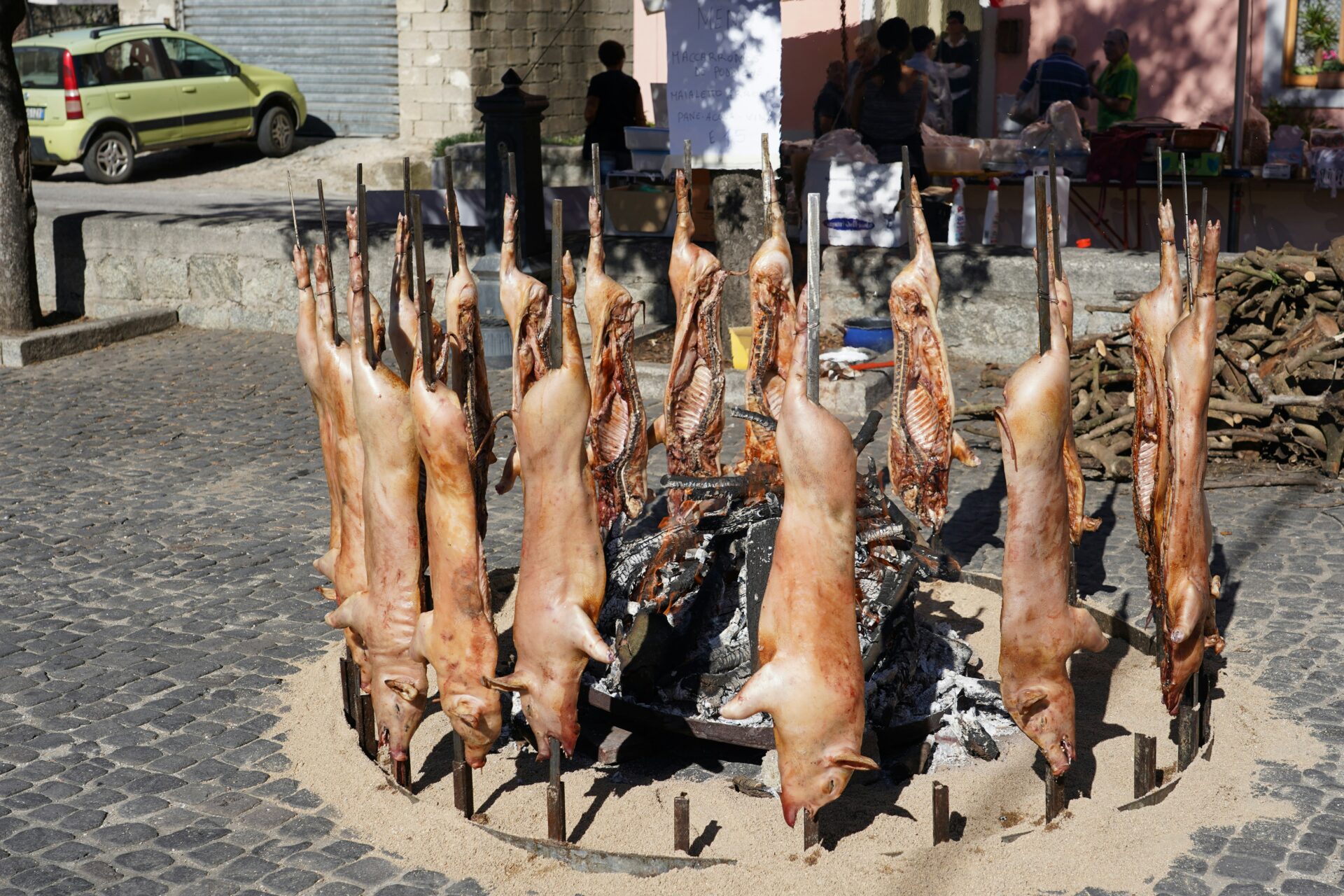
Wines to Try: Cannonau and Vermentino
Sardinia’s wine deserves a spotlight during any food adventure in Cagliari. Cannonau, a bold red similar to Grenache, became my go-to with meat dishes. Some even say it’s the secret behind Sardinians’ long lives!
For seafood, I switched to Vermentino di Sardegna—a crisp, aromatic white with hints of citrus and herbs. It’s the perfect match for the island’s coastal dishes.
Many restaurants offer wine flights, so you can sample bottles from local producers. I found this was the best way to discover smaller vineyards you’d never hear about outside Sardinia.
Look for wines from the Argiolas and Sella & Mosca estates. Both make excellent bottles that showcase Sardinia’s unique terroir, and the prices are pretty reasonable too.
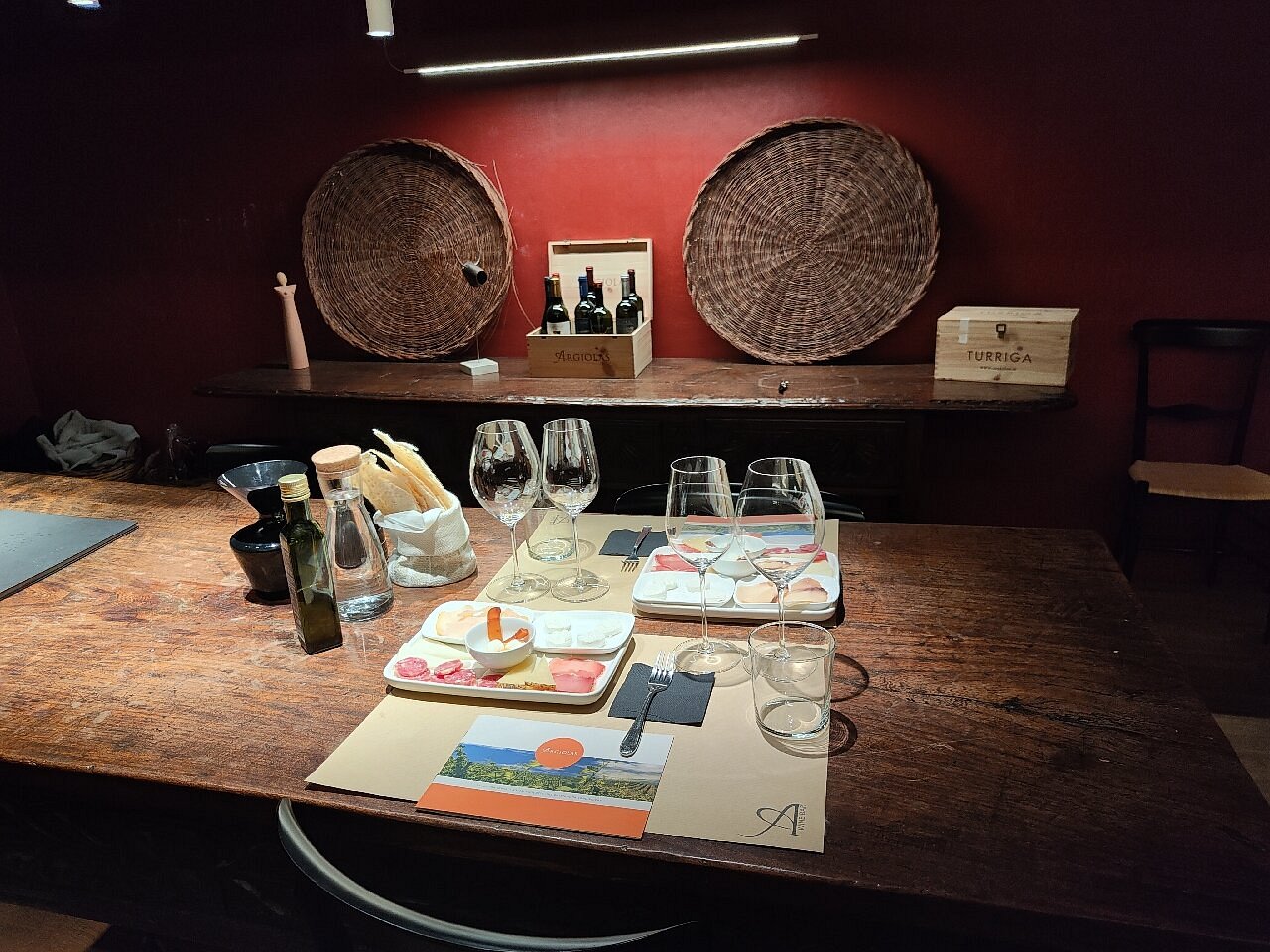
Dining Experience: Where to Eat and Drink
For the most authentic experience, you should wander into Marina Quarter. Here, traditional trattorias serve up hearty portions of local specialties.
Sa Piola stands out for its daily specials, all based on whatever’s freshest at the market. I love how they keep things simple but never boring.
The best meals? Honestly, they happen at family-run places. Lillicu has been around since 1938, and their seafood antipasti always draws both locals and travelers.
Food tours helped me find hidden gems I’d probably have missed on my own. Those three-hour culinary walks through Cagliari introduced me to specialty shops packed with island-made cheeses and cured meats.
For evening drinks, I found myself heading back to Caffè Libarium Nostrum more than once. Their terrace gives you stunning city views, plus local wines and aperitivo spreads that really show off Sardinian flavors.
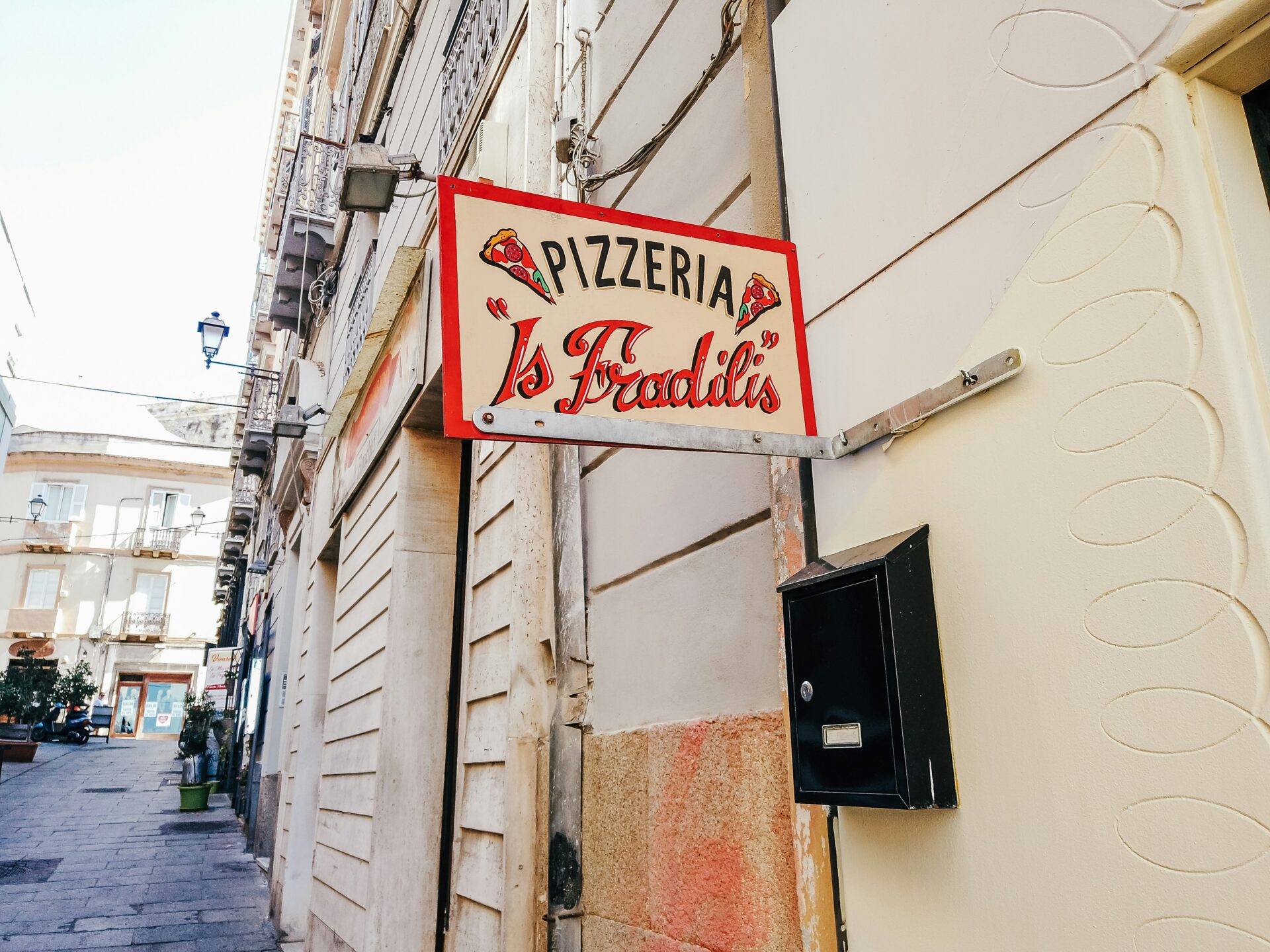
Culture, Festivals, and Local Experiences
Cagliari’s cultural scene mixes ancient traditions with a modern twist. Festivals, art venues, and lively markets pulse with Sardinian heritage and fresh creativity.
Annual Festivals and Events in Cagliari
The highlight of Cagliari’s calendar is Sant’Efisio, every May 1st since 1657. Thousands join the procession, all in traditional Sardinian costume, to honor the city’s patron saint.
In July, the Festa di Sant’Elia brings boat processions and fireworks to the harbor. If you can time your visit with these celebrations, you’ll get a true taste of local tradition.
Carnival season in February turns the streets into a riot of color. Masked revelers and parades fill the city, and locals really do welcome visitors to join in.
If you’re into food, October’s Sardinian Food Festival is a must. I’ve tasted incredible culurgiones (stuffed pasta) and seadas (those honey-drizzled desserts are addictive).
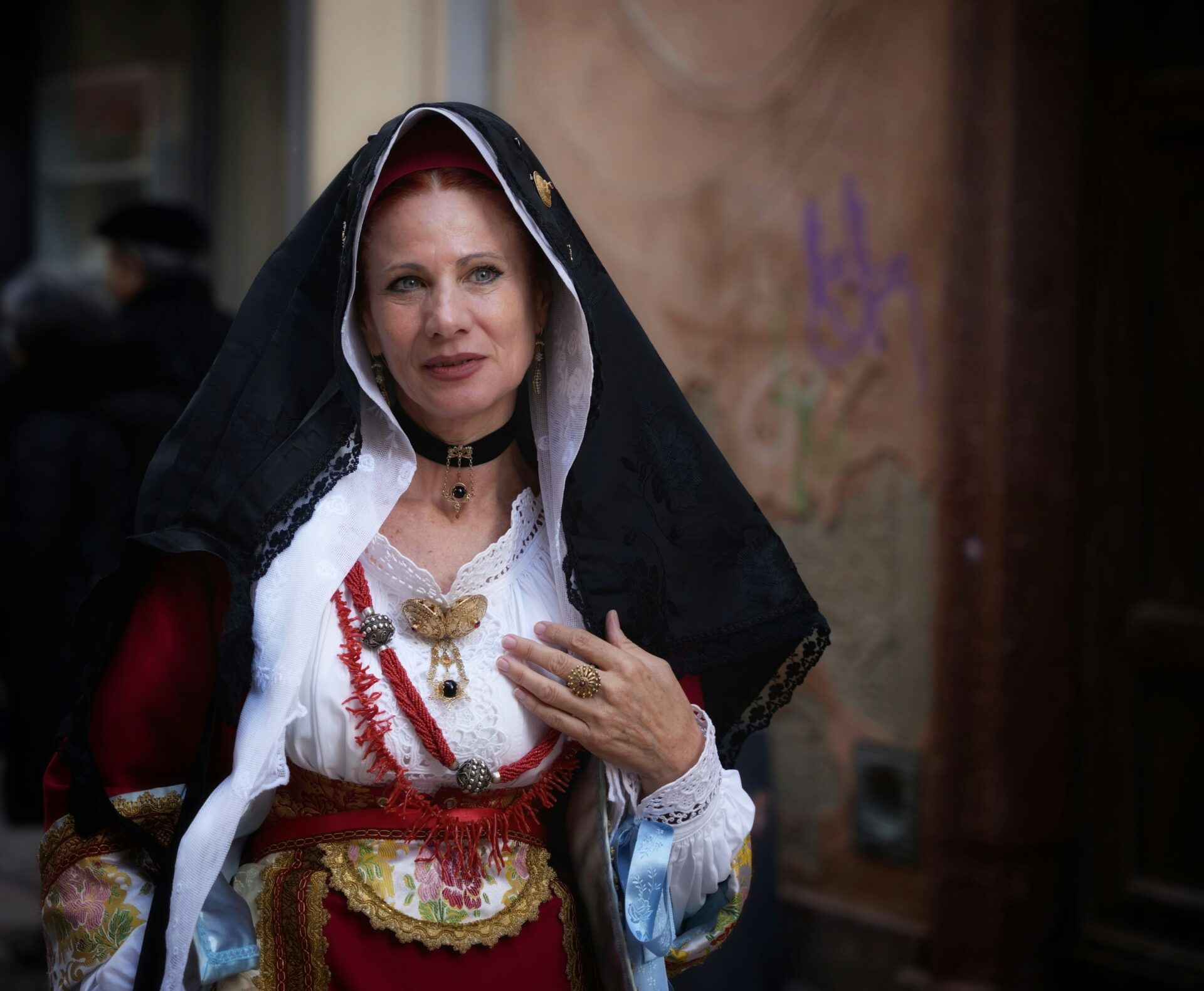
Art, Music, and Nightlife Hotspots
Cagliari’s art scene centers around the Municipal Art Gallery and ExMà, which used to be a slaughterhouse but now hosts contemporary exhibitions. Both spots blend traditional and modern Sardinian art in ways that surprised me.
The Marina district buzzes late into the night. My favorite places?
- Libarium Nostrum – Rooftop bar with panoramic views.
- Caffè Libarium – Cocktails and a view of the old town.
- Florio – Historic venue with live music most weekends.
Summer evenings at the Bastione di Saint Remy are pretty magical. Open-air concerts and cultural events light up the space, and I’ve spent many nights there, music drifting over the city lights.
Teatro Lirico brings opera and classical performances to town all year, attracting international talent to Sardinia’s shores.
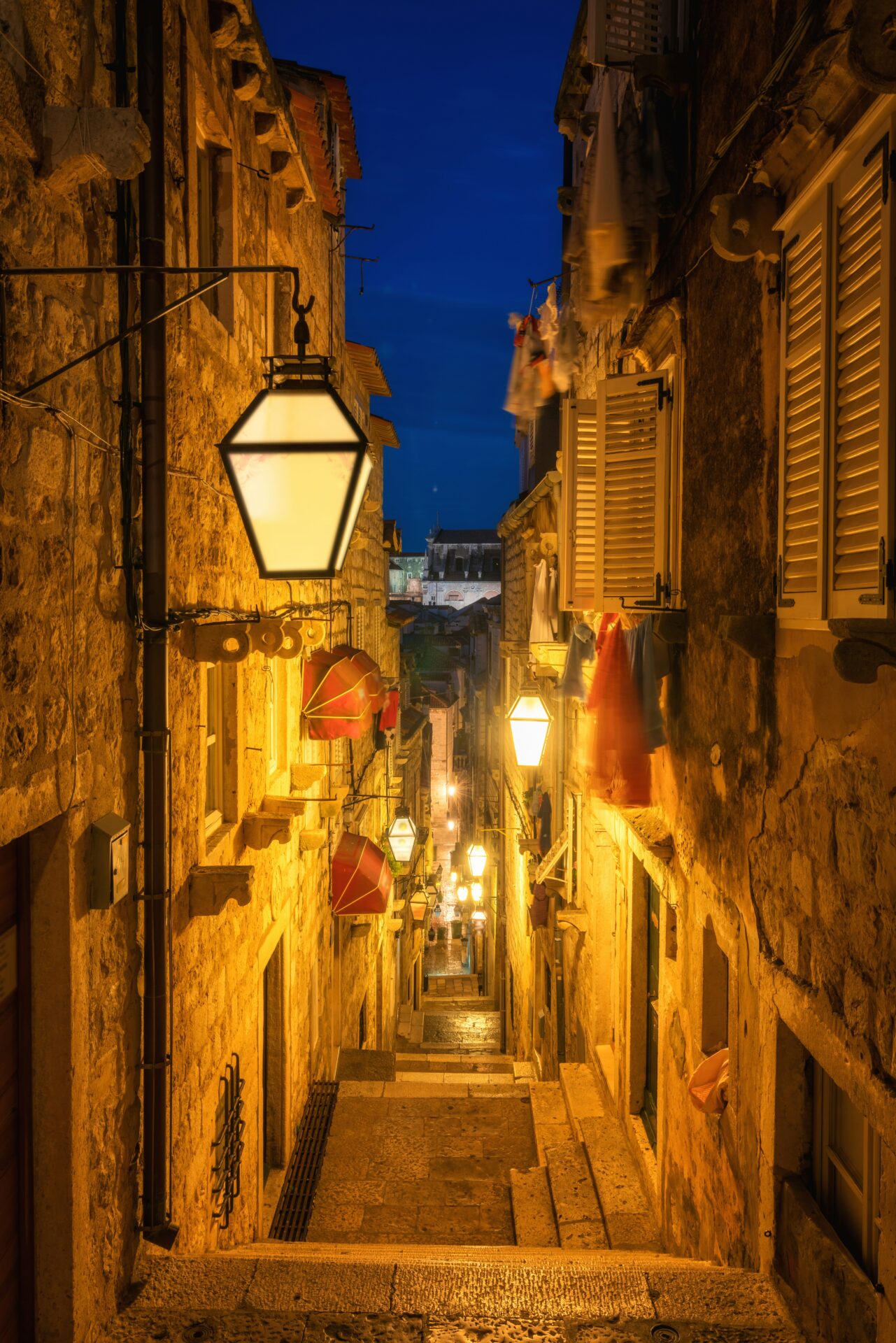
Shopping Local: Crafts and Markets
San Benedetto Market is my go-to for authentic Sardinian products. Downstairs, you’ll find piles of fresh seafood; upstairs, vendors sell cheeses, honey, and olive oil.
Cagliari’s shopping streets still support traditional crafts. On Via Garibaldi and Via Manno, I’ve picked up beautiful things like:
- Hand-woven baskets
- Filigree jewelry—delicate silver work
- Ceramics with bold Sardinian patterns
Sunday mornings, the Mercato di Sant’Elia pops up. It’s smaller than San Benedetto, but you’ll find more handcrafted items and vintage treasures.
For souvenirs, I always recommend the artisan workshops in the Castello quarter. Shopkeepers often show off their craft and share stories about Sardinian traditions—those little moments make a difference.
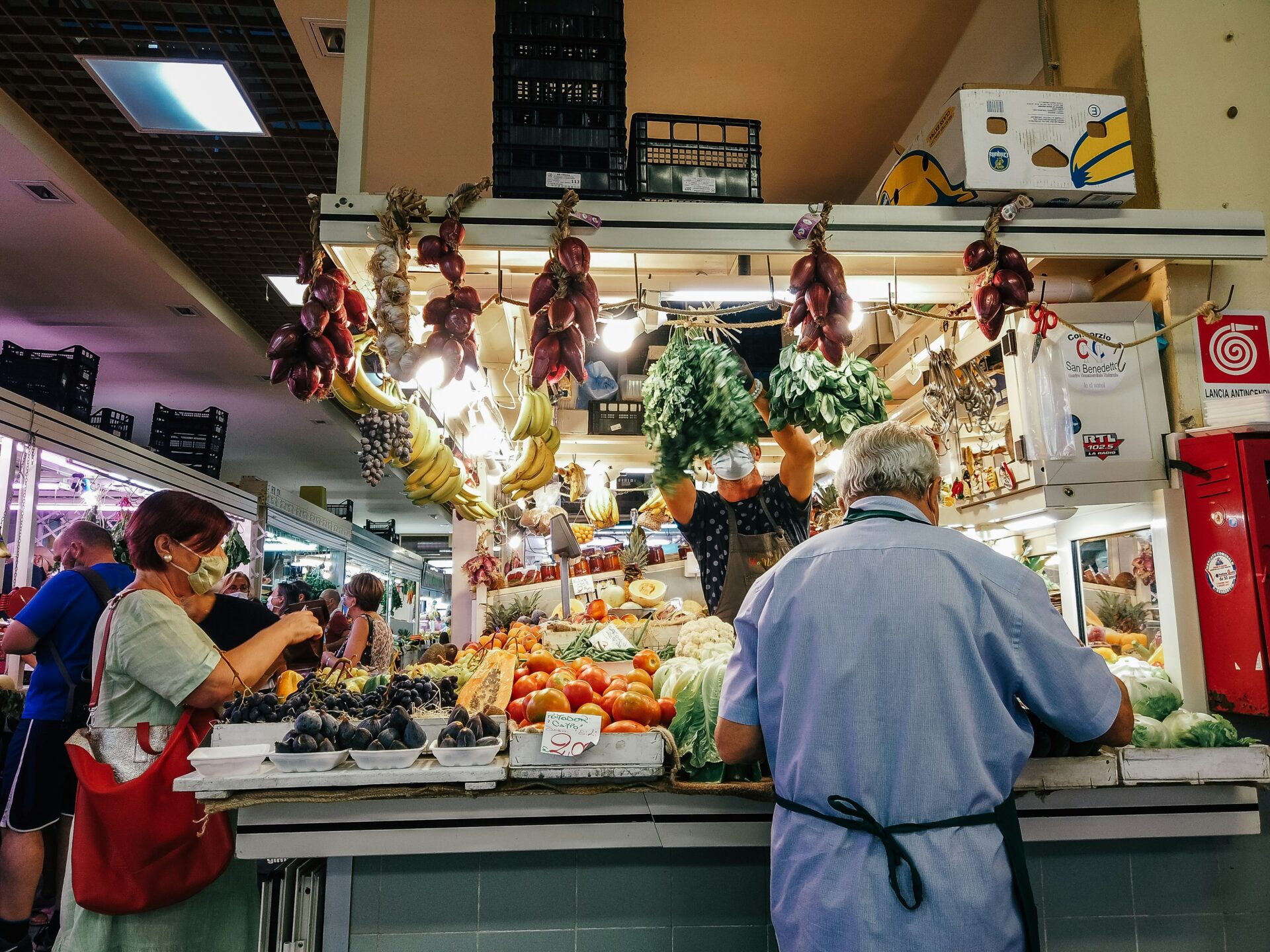
Exploring Beyond: Day Trips and Sardinian Highlights
Cagliari packs in plenty, but Sardinia’s real magic waits just a short drive away. Ancient ruins, wild coastlines, and mountain retreats make for perfect day trips from the city.
Historic Sites: Tharros, Oristano, and Pula
Sardinia’s ancient history really comes alive at Tharros, perched on the western coast. This Phoenician-Roman city offers breathtaking sea views and ruins that date back to the 8th century BC. Those columns against the blue Mediterranean? Perfect for photos.
Oristano charmed me with medieval architecture and a lively local vibe. The Cathedral of Santa Maria Assunta shows off gorgeous Gothic-Catalan details. Make time to try Vernaccia, the region’s unique fortified wine.
Pula, just half an hour from Cagliari, has the ancient Roman city of Nora. I walked original Roman roads and marveled at mosaics still in place. Plus, the site sits right by the beach, so you can mix history with a swim.
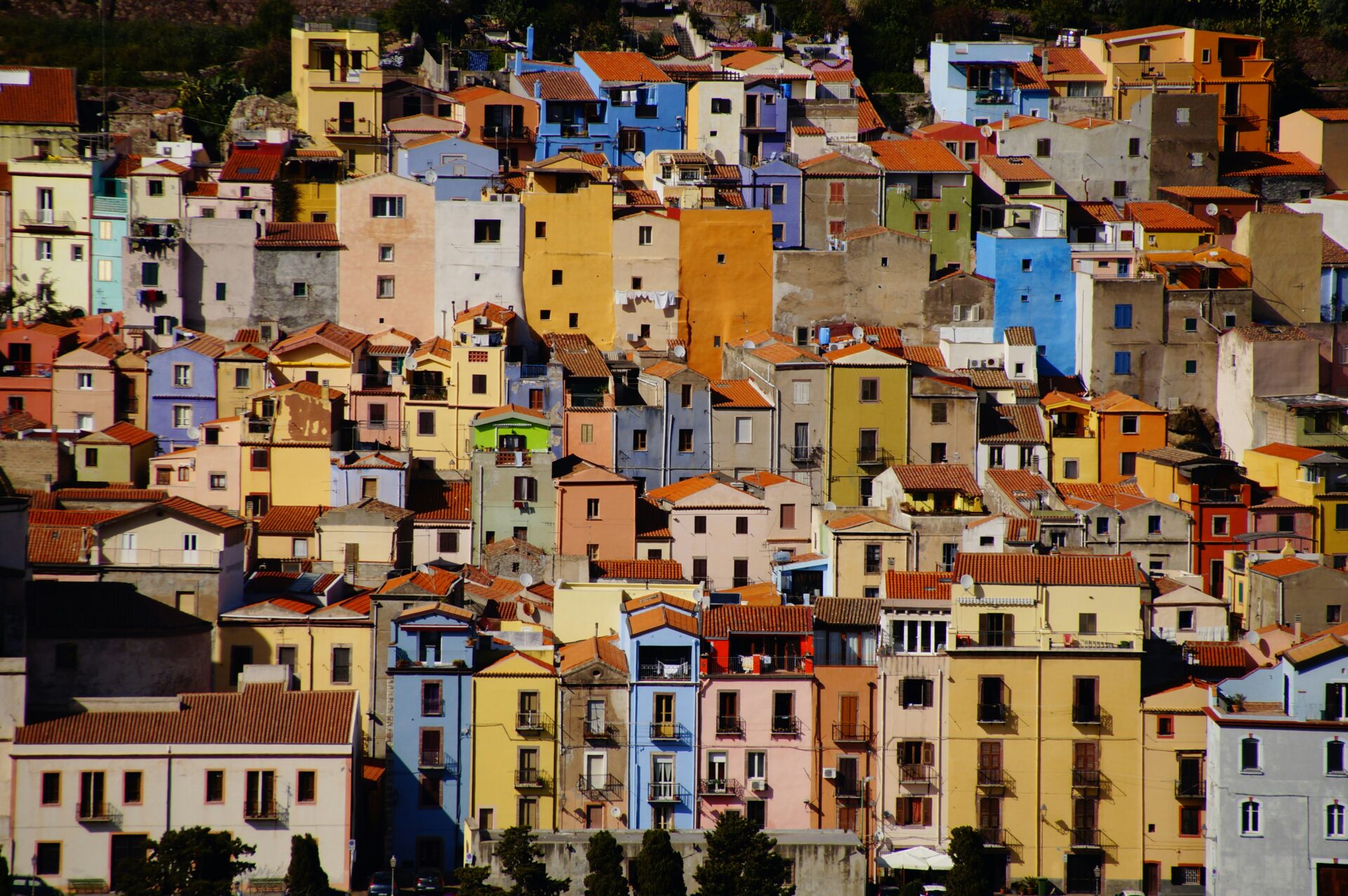
Island Adventures: Costa Smeralda, Alghero, and Gennargentu National Park
Costa Smeralda, with its emerald waters and white beaches, left me honestly a little awestruck. It’s pricier than other parts of Sardinia, but the coastal beauty is unmatched. Porto Cervo’s boutiques and yacht marina show why celebrities flock here.
Alghero feels different from anywhere else on the island, thanks to its Catalan roots. I loved wandering the fortified old town, checking out the Spanish-style buildings, and eating seafood by the harbor. The sunsets from the city walls—wow, just unforgettable.
For a total change of pace, I headed to Gennargentu National Park in central Sardinia. Rugged mountains, deep canyons, and ancient forests reveal the wild side of the island. The Gorropu Gorge hike pushed me, but the views of Europe’s deepest canyon made every step worth it.
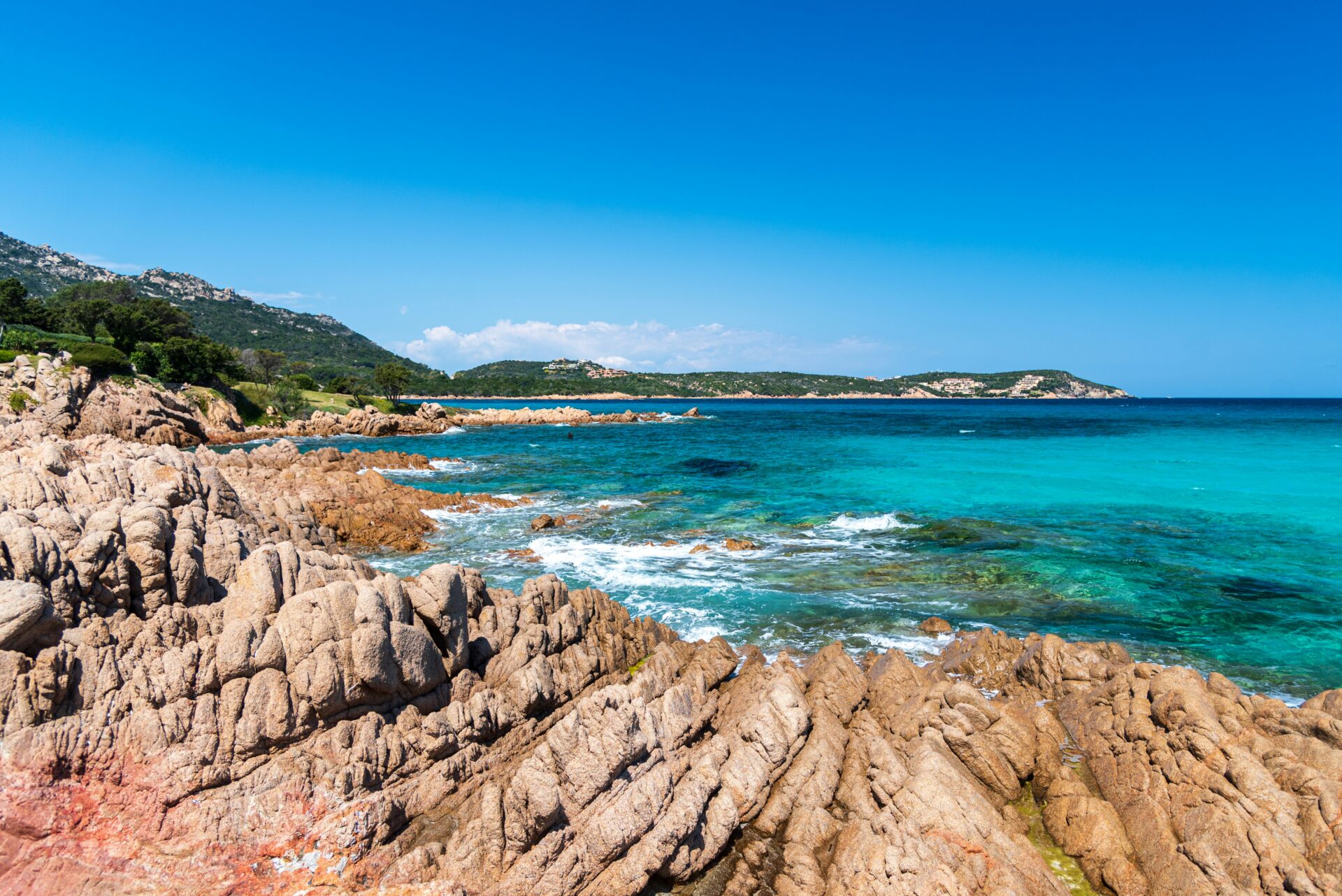
Coastal Beauty and Outdoor Activities
Sardinia gives you 1,200 miles of coastline to explore. Honestly, it feels like there’s an adventure waiting around every corner.
I found pristine beaches like Chia and Villasimius just a quick trip from Cagliari. They’re perfect for those spontaneous beach days when you just need to get away.
Active travelers will have a field day here. I tried windsurfing at Porto Pollo—those winds really live up to the hype, and you’ll meet people from all over Europe.
Rock climbing at Cala Gonone gets your heart pumping. You climb those limestone cliffs, and the sea views? Absolutely worth every bit of effort.
Hiking trails snake all over the island, from the coast right up into the mountains. The Selvaggio Blu trail on the eastern coast really challenged me; some say it’s one of Europe’s toughest and most stunning treks.
If you’re after something a bit easier, the trails near Capo Testa are a great choice. The wind-carved rocks there look almost alien—honestly, it’s a landscape you won’t forget.

